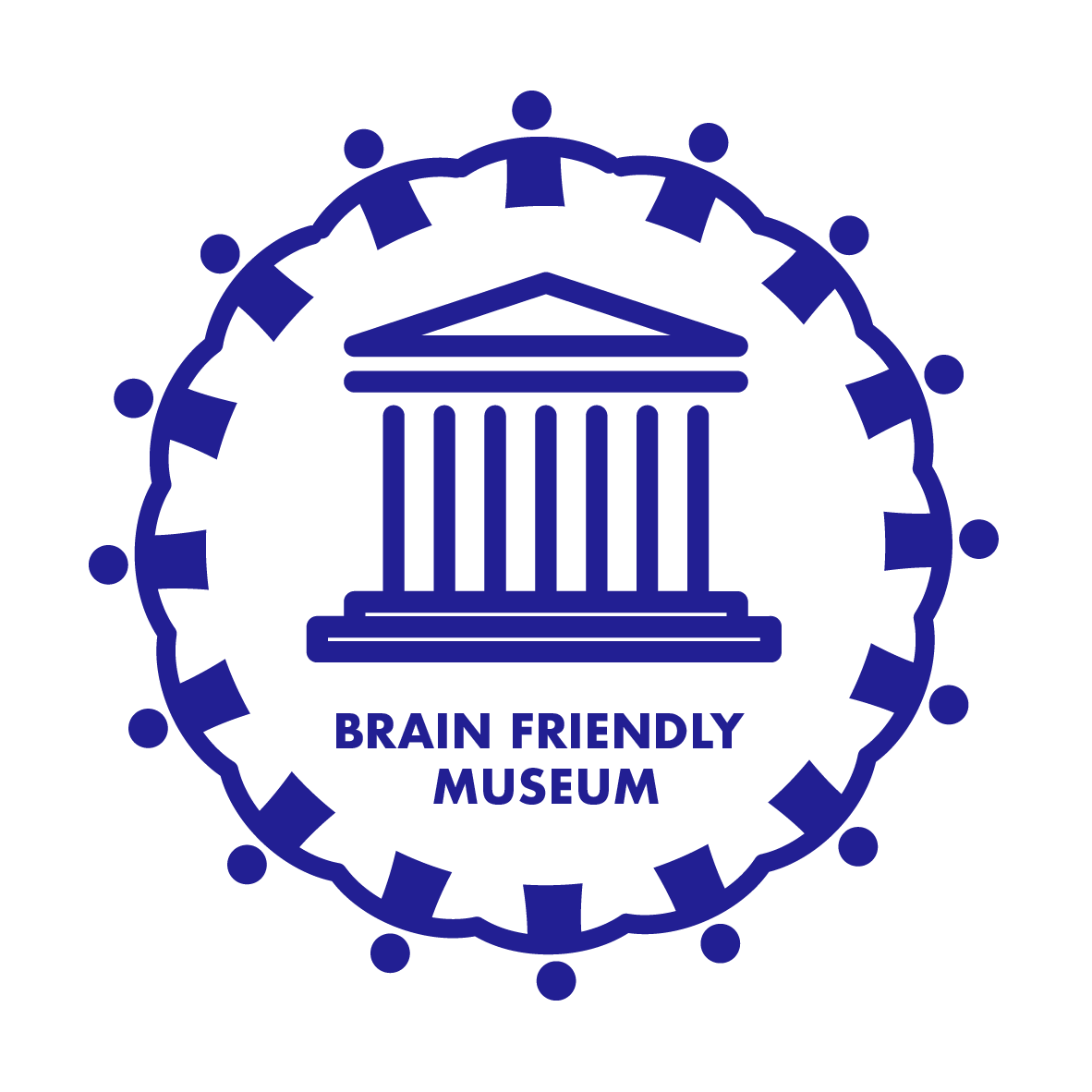PRIMING, THE PLEASURE OF LEARNING IN MUSEUMS
Priming is a kind of memory that facilitates the learning of various stimuli.
In a museum setting, an exhibition that employs tools based on this phenomenon could enhance the quality of the visitor experience, as suggested by a pilot study conducted at the Pinacoteca Ambrosiana in Milan (2011).
This research (2024), which is once again exploratory in nature, aims to replicate the above mentioned experiment that tested two types of priming: semantic and visual-perceptual. In this context, all primes are supraliminal stimuli (i.e., that are consciously perceived). This study has been carried out at the Pinacoteca di Brera (Milan).
Click here.
The objective is to determine whether a model based on priming can be developed to promote learning, wellbeing, and also attitudes towards environmental sustainability among visitors.
Understanding the visual and semantic aspects of a museum object is a learned skill: it is neither innate nor spontaneous. Through priming, even visitors without much experience could better process information, helping them learn more about a museum collection and the world around them — a key goal of any good cultural institution.
The experiment involves the viewing of selected artworks within a tour by four groups of participants:
- three experimental groups
- one control group
Each of them will be exposed to a different type of priming before engaging with the art.
By comparing the participants’ pre- and post-experience responses, the study will measure:
- the perceived emotional wellbeing
- learning related to the viewed artworks
- attitudes towards environmental sustainability
This project is coordinated by Annalisa Banzi (art historian), Andrea Gaggioli (psychologist), and Marta Pizzolante (psychologist).
The research protocol of the Priming project has been approved by the Catholic University of the Sacred Heart (Italy).
For further information please check the link:
Banzi, 2012; 2023
